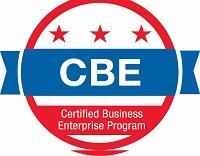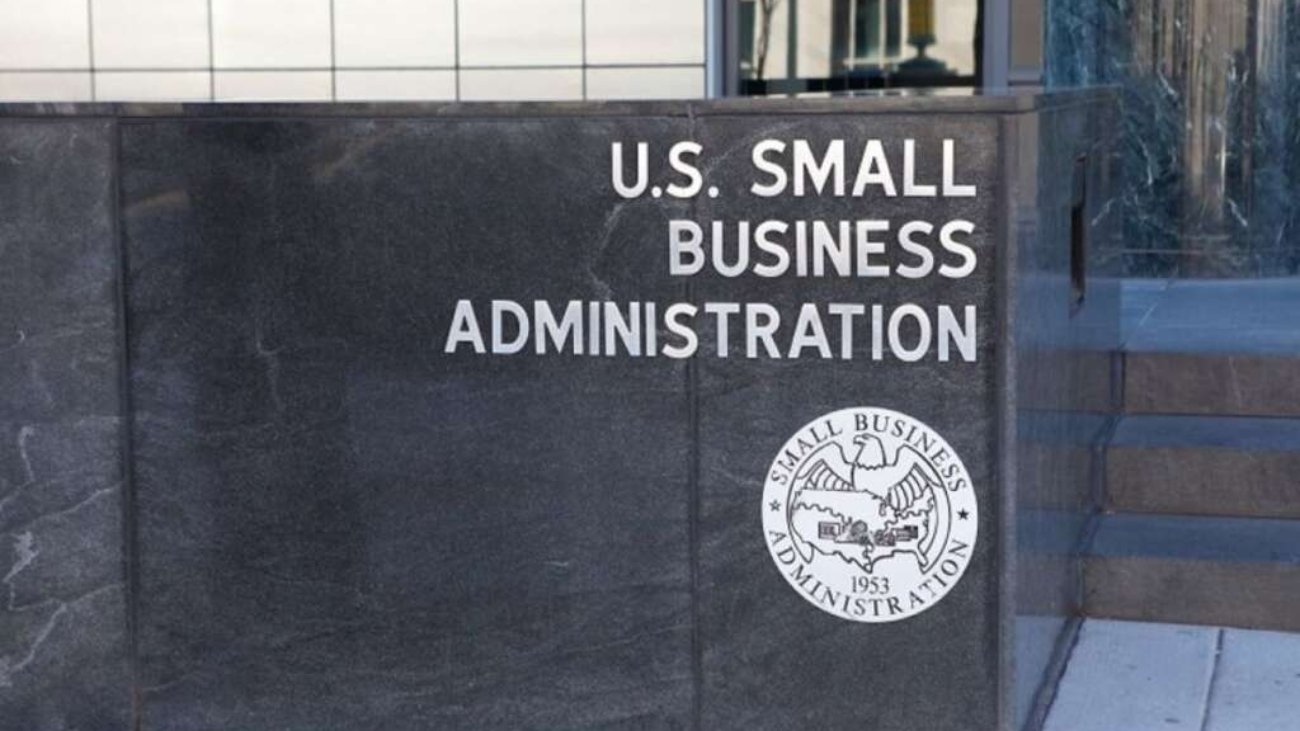Mentor-protégé arrangements provide a great way for small businesses to win federal work along with their larger business mentors. The popular program goes back decades. But mentor-protégés aren’t guaranteed to win. In one recent protest case, the problem was the buying agency wasn’t convinced the protégé could actually do the work. Haynes Boone procurement attorney Dan Ramish joined the Federal Drive with Tom Temin for more details.
Interview transcript:
Tom Temin I guess the context or background of this is SBA is looking to kind of put a penny on the governor with mentor protégés, because they win an outsized number of contracts. In this case, though they lost and the protest was sustained. Tell us more.
Dan Ramish Sure, Tom. So in this case, this was a procurement under GSA stars three GWAC vehicle and the task order RFP sought a range of technology support services for the Air Force Civil Engineering Center, and it was structured as a primarily fixed price task order with a one year base period and four one year options and an optional six month extension. The RFP, in this case, provided for a two phase evaluation process with the agency evaluating the most important non price evaluation factor in the first phase, which was past performance, experience and team structure. And the offerors were instructed to submit past performance and relevant experience examples and to complete a template and narrative describing the team structure.
Tom Temin And that’s the phase at which this particular mentor-protégé team didn’t make it.
Dan Ramish That’s right. So Tygrove was a mentor-protégé joint venture between a large business Inserso and an eight day program participant, Potomac Haven. Inserso, in this case, was actually the incumbent contractor, which also is not an uncommon scenario for mentor-protégé joint ventures, where a large business incumbent faces a follow on contract that will be set aside. A fairly common approach to staying in the running for the follow on, even though it’s set aside, is to use these mentor-protégé joint venture vehicles. So that’s what happened here. Of course, the catch is that the protégé firm has to actually contribute, and you can’t rely completely on the mentor incumbents ability to perform the work, right?
Tom Temin So in that sense, then a small business, even in a mentor-protégé, is obligated to perform a certain amount of work, just as if they were a regular subcontractor as a small business.
Dan Ramish Yes. So there’s a performance of work requirement for the protégé firm and a mentor-protégé joint venture, they have to perform a minimum of 40% of the work that’s performed by the joint venture. So that’s always a consideration, and there’s also a consideration to ensure that the protégé is contributing meaningfully to the work that will be performed under the contract. And so here, the government did the first phase assessment. Tygrove had submitted seven different past performance and experience examples, two from the large business partner Inserso, two from the protégé Potomac Haven, one from the joint venture itself, something you don’t often have. In many cases, the joint venture will have been formed and won’t necessarily have its own experience to draw from or past performance. But in this case, they did have one example and then a couple of examples. From a subcontractor. And so put all of this together to address this first factor, and the technical evaluation team came back and assigned an adjectival rating of marginal and a risk rating of high risk. And on that basis, Tygrove didn’t go on the next phase of the procurement, and when they were notified of that, they submitted this protest, right?
Tom Temin Okay, and this was a GAO protest?
Dan Ramish That’s right.
Tom Temin We’re speaking with Haynes Boone procurement attorney Dan Ramish. And so the protest, just to be clear, was filed by the main contractor, the mentor, but it was the protégé evaluation that got them knocked off.
Dan Ramish Actually, Tom, the way that these work, it was, it’s the joint venture that itself, the joint venture is a separate entity.
Tom Temin All right, so joint venture filed, but the issue was performance capability of the protégé in this case.
Dan Ramish Right. So the technical evaluation team looked at the examples that were submitted in response to this first factor, and they found that Tygrove didn’t provide compelling or applicable examples to demonstrate that the joint venture and the protégé and not just Inserso, the incumbent, could perform the work successfully. And the TED evaluated both the joint venture itself and the joint venture members, and found that, well, Inserso established that it had the capability to perform. Of course, it did, as the incumbent. The protégé Potomac Haven did not demonstrate that it could perform the 40% of the work that was required under SBA regulations. And the TED also questioned Potomac Haven’s ability to serve as the managing partner of the joint venture, which is another requirement under SBA regulations, Potomac Haven had a small number of individual task requirements that it was assigned, and that raised some concern for the agency as to whether it would be able to function as the managing partner of the joint venture.
Tom Temin And by the way, as incumbent, Potomac Haven wasn’t there. They were going to be there for the follow on.
Dan Ramish That’s right, it was actually the large business partner, the incumbent. Exactly.
Tom Temin Right? So Inserso maybe erred in picking the wrong protégé for the follow on under a joint venture.
Dan Ramish That’s right, and it may be a natural assumption for the incumbent to assume that their joint venture would obviously be qualified and have ample capabilities to perform the follow on contract, because it performed it on its own under the predecessor contract, but both JV members have to be involved and demonstrate that they’ll be able to contribute. And the agency here questioned whether that was the case and found that there was risk that there would be a problem with the protégé’s performance.
Tom Temin And the GAO then, in evaluating the protest, sided with the agency.
Dan Ramish Yes. So the agency, also, I should mention, assigned an additional risk, because it found that the team structure was poorly blended and that it conveyed low value on collaboration and new idea exchange within the task and overall on the contract. And also, more broadly, concluded that the 8A protégé participant, Potomac Haven brought very little to the proposal, other than its 8A status, which is always a big problem for a joint venture, if the 8A that’s supposed to be benefiting isn’t really bringing anything other than its status.
Tom Temin All right, other than the fact that Potomac Haven sounds like an old age home, what were some of the takeaways from this case for the mentor-protégé program, do you think?
Dan Ramish So GAO looked here in its decision at the SBA rules, and it concluded that the agency didn’t do anything that ran afoul of those rules, and it also got SBA to weigh in on this. Now, the rules and GAO case law don’t assign a specific degree of consideration for the mentor member or the protégé member, but they require that the criteria can’t be exactly the same for the protégé as for the mentor. And they found, GAO found, in this case that the consideration of the 40% requirement under SBA regulations was appropriate and didn’t cut against the SBA rules. And more broadly, again, the issue that the protégé couldn’t really contribute anything beyond its status on the face of the proposal was a big problem. So the agency had acted reasonably in looking at the ability of the protégé to perform the requirements under the SBA regulations. That’s helpful guidance for agencies, because they often run up against this rule that they can’t consider the protege and hold the protege to the same standards as every offer or but then finding a way to appropriately consider the proteges contributions is sometimes a struggle, and so in this case, this demonstrates one approach that an agency can take to look at what the requirements are under the SBA regulations and how the proteges proposed role stacks up against those.
Tom Temin And more importantly, on the contractor side, pick your protégé carefully. Protégé really is not maybe the most accurate word for it, because protégé sounds like beginner or learner. And in this case, the agency didn’t want a beginner company. They wanted someone that could do 40% of this work under an incumbency that they were pleased with for several years, and they found that that protégé was a little bit too proto.
Dan Ramish That’s exactly right. The protégé has to have some existing past performance and experience as a baseline to be able to provide something of value on the contract. They can’t just have their name listed there with their status as part of the proposal.
Tom Temin We’d all be protégés. Exactly.
Eric White That’s Dan Ramish, a procurement attorney with Haynes Boone, speaking with Federal Drive host Tom Temin. We’ll post this interview at federalnewsnetwork.com/federaldrive. Hear the Federal Drive on demand. Subscribe wherever you get your podcasts.
Copyright © 2024 Federal News Network. All rights reserved. This website is not intended for users located within the European Economic Area.









